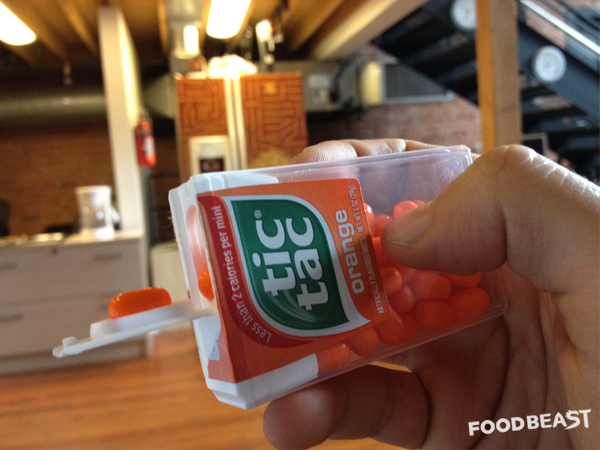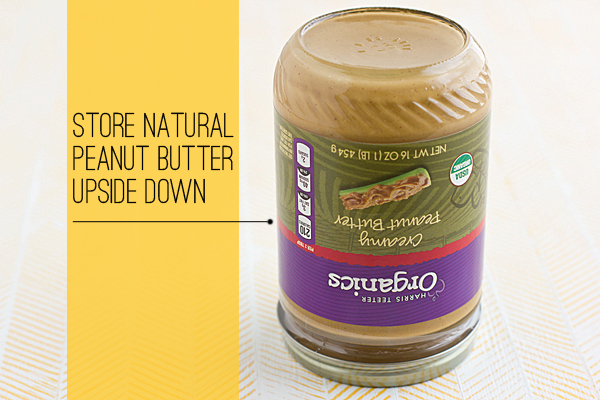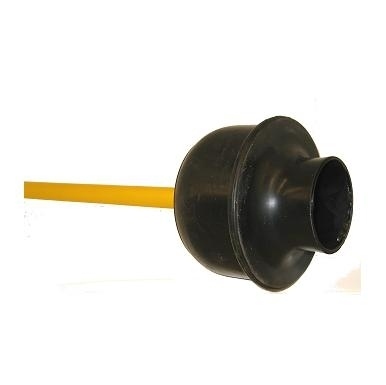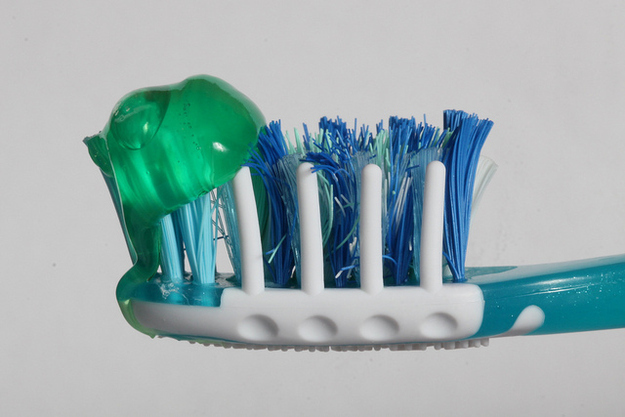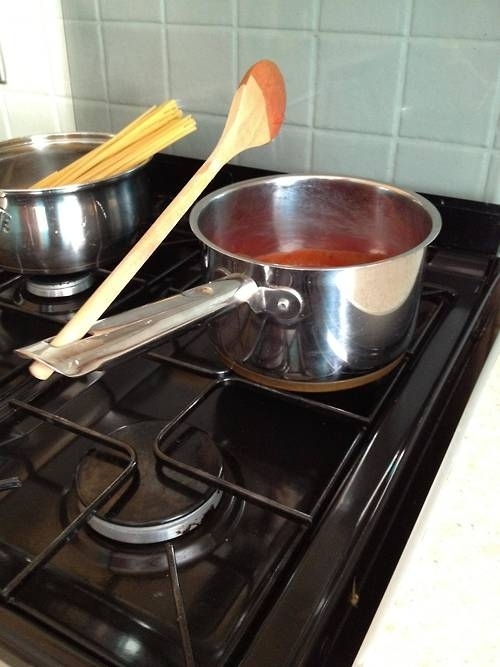Hmm… how far back do you want to start? :)
First, the artistic staff chooses the play (a complex process in and of itself). Budgets are set. Directors and Designers are considered.
A production schedule is set - when will the play run? When and where will rehearsals be? When will designers have their designs complete?
Then the director and designers are hired and brought on board for pre-production. Everyone reads the play, does their own research, then bring their ideas together at production meetings to develop the overall vision for the play. Designers do their thing. This can be anywhere from a few months to a year or more before the play is set to open.
Auditions are held and actors cast. Actors begin memorizing lines and doing their own homework. (reading the play, character analysis, researching, etc…)
Now to the nitty gritty, and keep in mind that every director has their own preferred way of doing things, so this is just a very GENERAL gist of it. YMMV. I’m also not dealing with musicals, as that’s not my thing.
1. First read through - Everyone around a table, including production staff. Designers do a show and tell of renderings, models, etc… Cast reads the play. Everyone feels really excited about how awesome its going to be.
2. Table Work. The Director and Actors work through the script moment by moment still sitting around a table. You are analyzing the text for arc, motivation, relationships, etc… understanding the meat of the matter.
3. Blocking. Get on your feet. Some directors will have everything blocked in their heads and will dictate it to actors. Some work much more organically - actors get up, run a scene, discuss what works, rinse and repeat.
4. Stumble Through - this is your first run through of the whole play without a script in hand. This is where actors and directors begin to think its all hopeless, and no one will ever be off book. Unless you were smart enough to show up off book for first rehearsal. Even then, you will still forget your blocking…or something. But its all good.
5. Working rehearsals - these are the fun rehearsals. You’re off book (you know your lines), your blocking is basically set, you understand the arc of the play and your character, now you get to have fun, to play with your fellow actors and find the best way to tell this story. You may or may not be in the actual theatre yet. You may be rehearsing in a big room across town with the set taped out on the floor.
6. Technical Rehearsals -
6a.There may be a few rehearsals without actors (Paper Tech and/or Dry Tech) where the Director, Stage Managers, Designers and Crew get together to rehearse technical elements without actors (because these things take time, and when actors get bored we start acting like diva monkeys with ADHD.)
6b. Q2Q. Show is run from cue to cue, skipping parts where no changes to sound, lights, set, etc. occur. This is for actors and tech crew to get in sync. And for the director to annoy the living hell out of the designers with last minute changes that seem sooooooo simple but are really going to cause everyone to be up all night. cursing.
6c. Dress rehearsals. everything comes together. Set, lights, costumes. Gorgeous.
At some point in here you may have a costume parade to see costumes and makeup under lights. If you’re lucky enough to have time…and the costumes are done. And the lights are done. Otherwise you just get to be surprised when it turns out your lipstick turns green in Scene 2 under that particular gel color….
7. Previews. In professional theatre, you may have public performances before your official opening night. Gives you a chance to see how things are playing… or not, when you realize that line delivery you thought was SO FUNNY just does not get a laugh. Not even a giggle.
8. Opening Night - press is invited. Everyone drinks.






